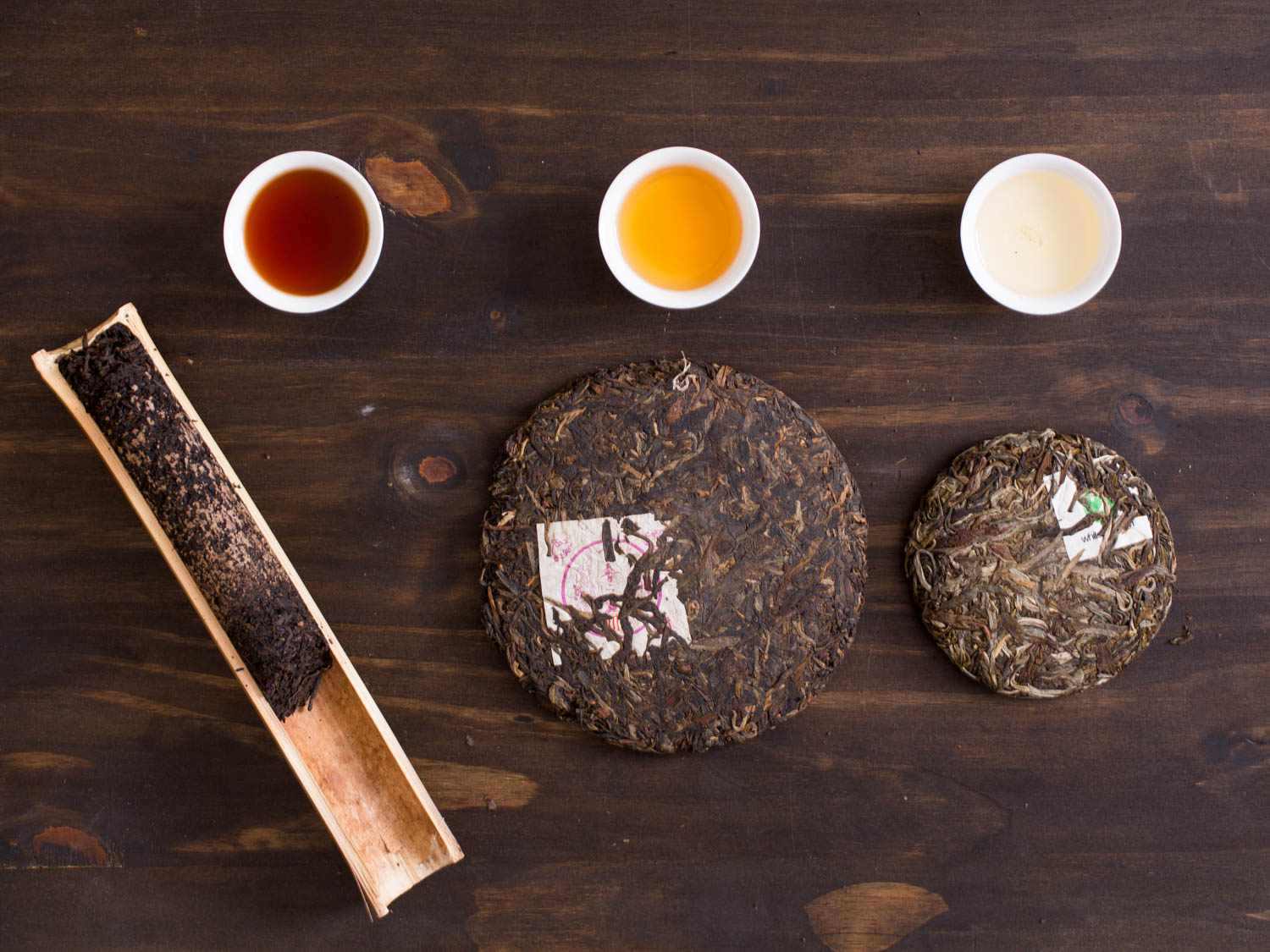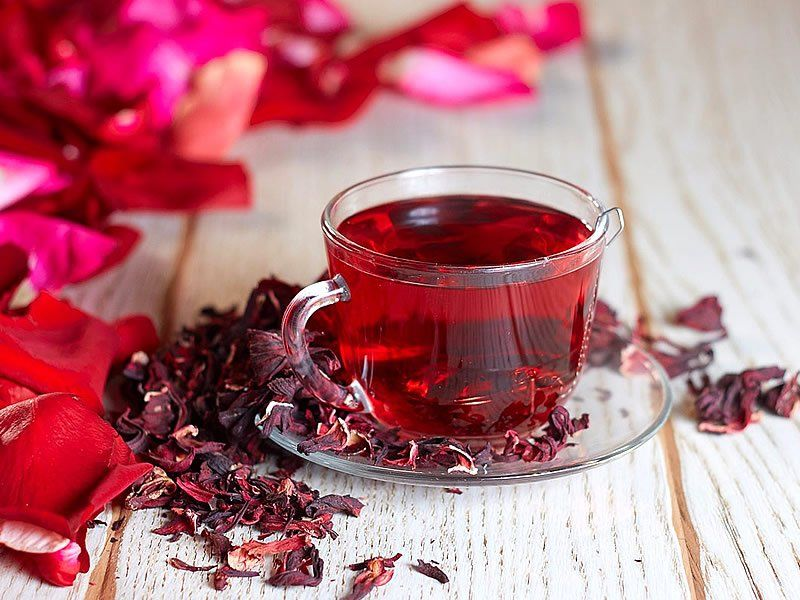In the mountains of Yunnan, China, a global fascination was born over leaves dried, withered, and transformed by time. For the world’s tea connoisseurs, collectors, and curious foodies, pu’erh tea represents an enigma—earthily aromatic yet sweetly smooth, maturing for decades like fine wine. Some aged vintage pu’erhs sell for tens of thousands of dollars, but what makes this tea so revered?
From Obscurity to Fame
Though pu’erh tea has been produced for centuries in Yunnan province, it was relatively unknown outside China until the 1990s. As global interest grew, prices rose exponentially, and aged pu’erhs became status symbols among an exclusive club of collectors. By the 2000s, the frenzy reached fever pitch, with speculators buying up huge caches of pu’erh brick tea. Prices for the rarest vintage teas peaked into the stratosphere before eventually stabilizing.
A Tea Like No Other
What fascinates pu’erh fans is the tea’s unique production process. Unlike green, black, white, or oolong teas, pu’erh undergoes microbial fermentation from molds, yeasts, and bacteria. This mimics the process for wine, cheese, and other delicacies, allowing complex flavors to develop over months or years. Enzymes break down the tea leaves to remove bitterness and tannins.
The extended oxidation also gives aged pu’erh its signature reddish hue and earthy, woodsy flavors interwoven with floral and fruity notes. This is why fine pu’erhs are often as nuanced as the best Scotch whiskies or Cognacs.
Pressing Into History
To control the fermentation process, pu’erh leaves are compressed into various shapes like bricks, bowls, mushrooms, and even the shape of the iconic Yunnan mountains. This pressing facilitates consistent oxidation and allows some pu’erh cakes to age for 50+ years. The motifs pressed into each cake also have historical meaning.
Terroir Like Fine Wine
Not all pu’erh is equal. The tea grows in the biodiverse forests and ancient tea gardens of Yunnan province, with specific regions and mountains known for producing the best quality leaves. This terroir—the environmental conditions influencing flavor—has an A.O.C.-like designation system, similar to French wine classification.
The best Yunnan pu’erh terroir lies in Menghai County’s Jingmai Mountain and neighboring regions, where altitude, climate, soil, and biodiversity all impart nuanced qualities that tea masters can discern.
Health in Every Sip
In traditional Chinese medicine, pu’erh tea has long been hailed as a health tonic, prescribed to aid digestion, cleanse the body, and alleviate ailments. Modern research has uncovered the science behind these claims, finding pu’erh’s compounds can lower cholesterol, blood pressure and inflammation while assisting metabolism and weight loss. The fermented tea also creates a diversity of microbiome-friendly substances that pass through the digestive system.
From Emperors to Connoisseurs
While pu’erh was enjoyed by Yunnan locals for ages, it rose to prominence as a tribute tea for Chinese emperors. Word later spread along the Ancient Tea Horse Road trading route, which wound its way around the perilous mountain paths. As trade proliferated into Tibet, Central Asia, and beyond, pu’erh became known as an exotic luxury. Today’s global community of pu’erh fans keeps this rich legacy alive, seeking ever-rarer vintage teas while newcomers discover an obsession of their own.



